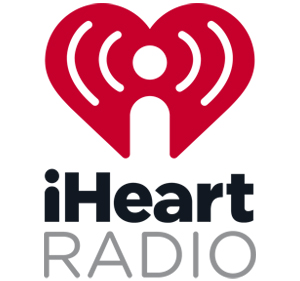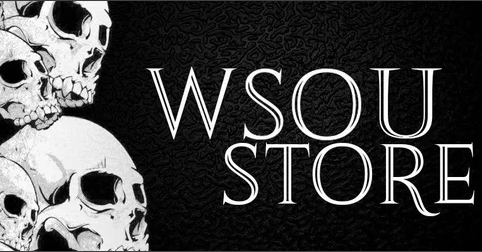Seton Hall
One Year (and Two Days) to Kill ‘Em All
Date: August 13, 2020By: Nick Polis
The almighty arena headlining, festival double-daying, platinum record having, charity starting Metallica got it’s kickstart back in July of 1983 when the, now triple platinum, Kill ‘Em All came to see the light of day. Lauded as one of the most renowned debut albums ever released, Kill ‘Em All opens with “Hit the Lights”, a song designed to be an opening track with the traditional live riffing almost any new band would do, riding the cymbals and chugging away on a single chord, which ended up being the only generic thing on the album. With hits like “The Four Horsemen”, “Whiplash”, and “Seek and Destroy”, the third of which has an astounding 80.9 million streams on Spotify alone and every single track drenched in pure thrash metal, Kill ‘Em All did exactly what it’s name suggests. Not to mention the legendary Cliff Burton’s intro to “Anesthesia (Pulling Teeth)”, a bass masterpiece put together by one of the best bassists of all time. From the “Bass solo, take one” to the rest of the instruments coming in to back him, Cliff’s solo brings a grinding halt to the thrashing progression of the album. The fact a song, a bass solo nonetheless, can garner so much praise that it has been re-recorded and covered by any and every bassist who calls Cliff an inspiration is purely magical. Then again, there’s a reason Cliff Burton is ranked the 4th greatest bassist by Loudwire, besting Tom Araya, both of his Metallica replacements Robert and Jason, Les Claypool and even Lemmy, while sitting just under Geddy Lee, Geezer Butler, and Steve Harris. Nobody around could match the power and speed of the up and coming Bay Area titans. That is, except for the same Bay Area titans.
A year and two days later, Metallica released their sophomore full length album, Ride the Lightning. Opening with a mid to late 16th century classical feel, “Fight Fire With Fire” was a shock almost rivaling that of the inspiration for the album’s artwork. That is, until the 30 second mark when shades of “Hit the Lights” shines through a sustained chord, followed by the thrash king’s signature speed and sound. What follows this is 7 more songs that have collectively become the band’s 2nd most played from album behind their 1991 self-titled, three of which becoming the band’s 2nd, 4th, and 9th most played songs ever. Ride the Lightning also produced a mighty back to back to back to back four-play in it’s first four songs, as following “Fight Fire With Fire” was the title track “Ride The Lightning”, “For Whom the Bell Tolls”, and “Fade to Black”. The 3rd and 4th both have over 100 million Spotify streams with “For Whom the Bell Tolls” topping the album with just under 165 million. The best part about the album is that there are still four more classic songs following the four-play, with the legendary “Creeping Death” squeezing itself in right before the 9 minute instrumental shred-fest that is “The Call of Ktulu”. A personal favorite of mine, “Fade to Black” showcases the band’s immense talent, as it gives off a more ballad-esque feel compared to the hard, heavy, in-your-face thrash the band had been playing prior to the song, with a slow build to a scorching solo to end the song. One of the most notable changes from the album compared to its year old predecessor was that Cliff’s knowledge of music theory helped escalate the sound from simple fast thrash to the eloquent sound that came with Ride the Lighting as well as many of their future works.
Posted in: WSOU Exclusive, WSOU, Reviews




